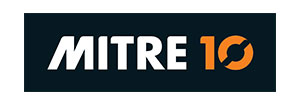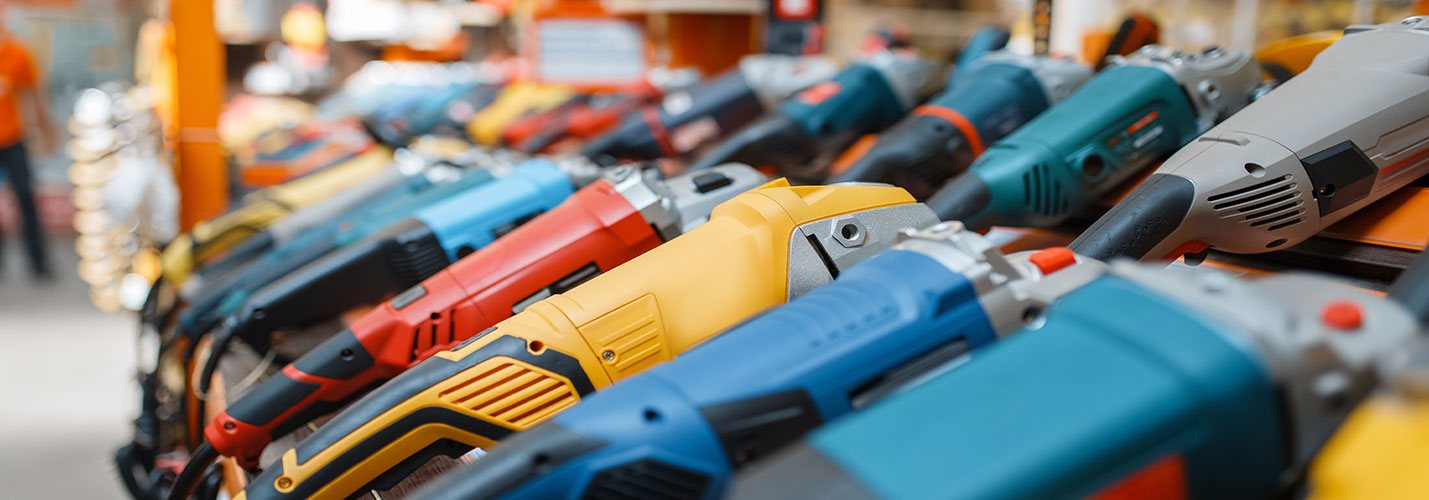Mitre 10

Business objective
Mitre 10 New Zealand wanted to ensure that they were able to deliver continuing customer satisfaction levels with high levels of stock availability at the right price.
Business benefits
Mitre 10 after adopting B2BE’s EDI solution were able to place orders more efficiently and suppliers were able to deliver on time and in full ensuring Mitre 10’s customer service levels continued to exceed customer expectations.
B2BE solutions
Mitre 10 deliver continuing customer satisfcation levels with hight levels of stock using EDI solution
Ever wondered how your local Mitre 10, PlaceMakers or Carters stores always manage to have stock of every nut, bolt or widget you could possibly imagine? The answer has a lot to do with the hardware business in New Zealand leading the way in efficient supply chain integration & electronic document exchange. David McNickel wrote this report for i-Start Magazine on how B2BE is helping e-enable entire industry sectors.
Short on time last weekend I headed to the Onehunga Mitre 10 with a typically diverse hardware shopping list. I wanted timber, nails, bark chips, screws, six all weather native plants and an electric drill with its own screwdriver heads and drill bits. 25 minutes later I left the store with everything I wanted. Everything. Nothing was out-of-stock. Driving home it occurred to me that I have never encountered an out-of-stock at Mitre 10. Ever. Without putting too fine a point on it, I was a satisfied customer on this day, and had been a satisfied customer every other time I had visited the store. And it didn’t cost a lot – but more about that later.
At its very core this is what electronic commerce is really all about – delivering a better service to the customer, me, the shopper. One factor helping to keep stock on the shelves at Mitre 10, PlaceMakers, Carters, MasterTrade and ITM is that the chains are all ordering electronically – and their suppliers are invoicing electronically as well. Sitting comfortably between the two is a B2BE (formerly called ECN in New Zealand) hardware ‘hub’ that ensures that all parties can trade with each other electronically – no matter what their internal ERP system is.

Document exchange
So what’s driving the transition to Electronic Data Interchange (EDI) in the hardware sector, and why is B2BE’s service fundamental to its success? As B2BE’s Stephen Baker explains, when the big retail groups began to request electronic invoicing from their suppliers, it soon became clear that the hundreds of oftentimes small businesses this impacted were going to be out of their depth technically. “The retailers all had unique document requirements,” he says. “They had different ERP systems, different connectivity methods and different data definitions. So for their suppliers to comply with all this in-house, they would have had to hire IT staff skilled in all the different programming languages you can imagine. Obviously doing all this just to send out an Invoice was out of the question, so they came to us instead.”
The B2BE document exchange service works this way. A Mitre 10 supplier generates an Invoice from their ERP system for the hardware chain. They forward the Invoice to B2BE where it is ‘translated’ to a format that Mitre 10’s ERP system can accept, and is forwarded on. The whole process happens almost instantaneously. But the convenience doesn’t end there. “It’s highly likely that that supplier will also be supplying the other hardware chains,” says Baker, “so we can translate Invoices for them as well, as they are all our clients (except Bunnings which is still being worked through). Once a supplier is onboard with us they can trade electronically with anyone of our other clients.” The supplier does not need an expensive ERP system to use the service says Baker, as B2BE can accept files from accounting packages as simple as MYOB or Quicken.


The cost equation
In terms of cost reduction, Baker says EDI greatly reduces the overhead of managing Invoices. “A typical big retailer gets thousands of Invoices,” he says, “and if it’s all paper-based there’s a big overhead in managing that paper.” From the supplier’s perspective, he says the situation is reversed, as the supplier’s overhead typically centres around managing Purchase Orders.
At Mitre 10, information systems manager Suman Mistry says the B2BE service is having a number of positive effects. “On the invoicing side it saves us from having to do all that data entry. It moves the Invoices from the supplier’s system to our system and we don’t have to re-key anything.”
“With the orders coming in by EDI, our phone lines have been freed up and about 50% of our calls are now with our end consumers,”
Suman Mistry, Mitre 10’s Information Systems Manager.
Interestingly, Mistry reveals that a collaborative approach to Mitre 10’s supply chain is a priority for his company. “What we want to do is get our suppliers running their businesses efficiently,” he says. “If they’re doing that then their overheads are going to be lower and they can drop their prices accordingly” (that explains why my Sunday shopping trip hardly dented my wallet). He says Mitre 10 are also trying to improve the time it takes for the whole procurement process to work through. “In the past when we were faxing orders, they might have sat in a supplier’s fax machine for a couple of hours before someone got around to keying them in. Often this meant they might miss a delivery which could result in an out-of-stock and everybody lost a sale.” With B2BE acting for both supplier and retailer, says Mistry, the procurement timeline is reduced to the blink of an eye. “Our stores generate all their electronic orders in the morning,” he says, “and their files are sent to us – then immediately pushed out to the appropriate suppliers. The whole thing happens literally instantaneously.”
Unforeseen benefits
From the supplier perspective the benefits of EDI are also broad ranging. At heating appliance distributors Rinnai, IT manager Trevor Esera says that his company chose to work with B2BE due to their depth of experience in EDI. “ B2BE were proactive,” he says. “They came out to see us and wanted to understand our business – and they were also more widely used by the people that we wanted to trade electronically with.”
Esera confirms that a rapid procurement process and error reduction are both positive aspects of the B2BE solution, but he notes that the pay off for Rinnai goes far beyond that. “As part of our marketing strategy,” he says, “we wanted to concentrate more on the end consumer. But with all our call centre staff tied up on the phones taking orders, we weren’t able to offer the kind of service level to our end consumers that we wanted to. Now with the orders coming in by EDI, our phone lines have been freed up and about 50% of our calls are now with our end consumers.”
Esera says overheads like fax paper and telephone line rental have decreased, and EDI enables Rinnai to continue to take retailer orders – even when there is no one in their office. “We are a Monday to Friday business,” he says, “but many of our reseller customers are operating seven days a week. What this means with EDI is that they can still continue to place orders over the weekend. We come in on Monday morning and the orders are ready to be picked – whereas in the past the customer would have had to ring back on Monday, placing a lot of pressure on the phones for both them and us.”
So what does it cost to join the B2BE network? Clients don’t require any new hardware or software says Baker, and only pay for the level of service they need. “We’re giving our clients a way to get involved in e-commerce,” he says, “without actually having to learn new skills and invest lots of money in different front end systems that they also then need to learn how to operate. We take that responsibility off them. They simply generate a file as they are generating it now – and we ensure it reaches its destination.” In dollar terms he says clients pay a one-off fee to ‘map’ their documents (a Purchase Order or Invoice for example) and then ongoing traffic charges. “It’s similar to what you’d have on a classic mobile-phone contract,” he says. “There’s the base charge and then ongoing traffic fees – which includes access to our help desk service as well.”

Export opportunities
Baker says for businesses in the export sector, B2BE can also facilitate their document exchange with international clients. “Many companies offshore are starting to insist on EDI,” he says, “which could mean a New Zealand exporter that can’t trade that way will be left behind. However, if people want to trade internationally, we have links with other services like our own overseas – so we can take a file in New Zealand and have it delivered electronically to most countries our clients might want to trade with.”